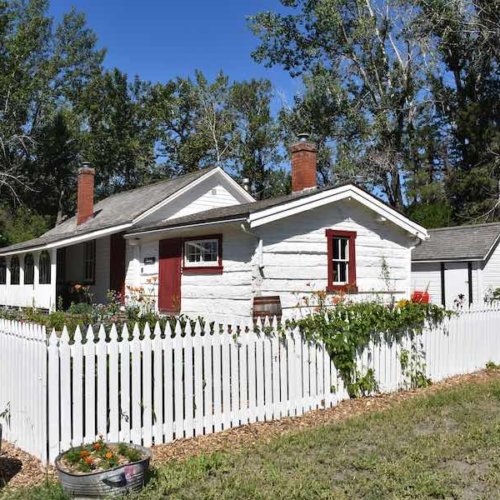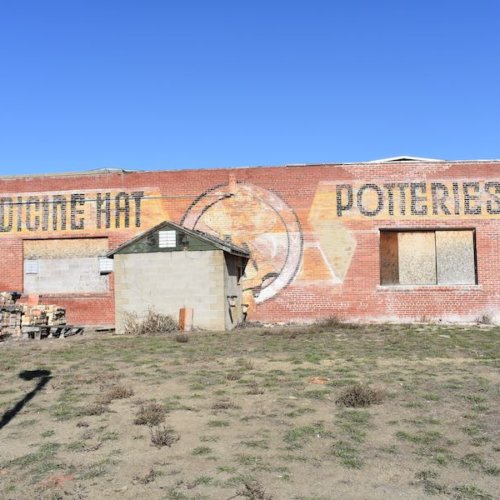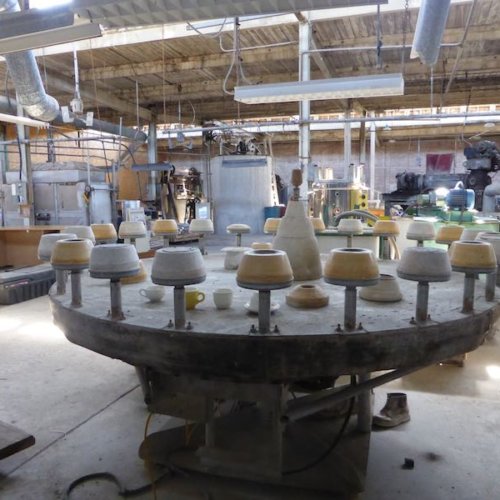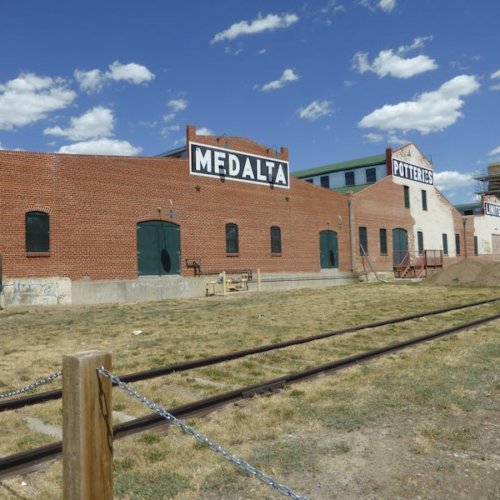"It has been said that, at its best; preservation engages the past in a conversation with the present over a mutual concern for the future."
(William Murtagh, first keeper of the National Register of Historic Places)
William Murtagh couldn’t have stated it better to describe the foundation of my work in heritage conservation these past three years. It was with the utmost enthusiasm and inspiration that I ventured out to do that which I have always been passionate about which is to contribute to saving our history and built heritage. Three years later I am most grateful to have spent each day working on projects with clients, colleagues, and communities that alongside me have “engaged the past in a conversation with the present over a mutual concern for the future”.
My 30 years working in architecture, urban design and planning, and heritage planning comprehensively resulted in, what I call, having come full circle to working in a professional field focused on the conservation of our built heritage and cultural landscapes which truly are what make for unique and diverse cities.
“In short people love old buildings. They love their character, their history, and the sense of connection they provide – put simply, that power of place. “Place is more than a spot on the map, “urban scholar Ed McMahon has said. “Place is what makes your hometown different from my hometown. . . . In the Old Economy, markets mattered. In the New Economy, place matters most. . . . In a world where capital is footloose, if you can’t differentiate [your city] from any other place, you will have no competitive advantage. The same is true of a project, or a community or a building.”
(Stephanie Meeks, “The Past and Future City”)
It has been a rewarding and fun professional adventure that has resulted in inspiring projects, working with wonderful colleagues on my project teams, and being empowered by similarly passionate clients be it a municipality, a non-profit society, or private landowner.
As I recently updated my website’s portfolio of projects, I smiled as I thought about the clients and the people in communities that I met, heritage colleagues I worked alongside, and the unique and special projects that I got to contribute to and learn from. An equally rewarding part of the past three years has been the opportunity to volunteer with heritage organizations and communities. I have learned that if you value conserving our heritage and work with others valuing the same, then its instantaneous that you become a heritage group of friends. A most rewarding and appreciated aspect of the heritage conservation field.
The most challenging aspect of heritage conservation work is the disappointment that comes from our lost heritage to neglect, fire and demolition. I have spoken honestly about this when I observe how easily it happens as the words “when it’s gone, it’s gone” couldn’t be truer of our history, stories, heritage buildings, and the unique character that built our communities and cities.
“To make a brick today to build a building on a site where there is already a building steals from two generations. It steals from the generation that built the brick originally by throwing away their asset before its work is done, and it steals from a future generation by using increasingly scarce natural resources today that should be been saved for tomorrow.”
(Donaven Rypkema, “The Economics of Historic Preservation”)
Despite seeing it happen all too often, it’s been a most encouraging three years for J M Gartly Design Studio Inc. to deliver projects for my clients that have included, but not limited to, heritage building evaluations, historic context papers, condition assessments, conservation plans, municipal heritage designation programs, and a museum review. As is the case with heritage buildings, each of these projects are unique as can be seen in the photos below which has made each one special to me.
You can find information on the scope of the projects on my website at: www.jmgartlydesign.ca
There you will find the conservation successes of building a designation program for the Town of Okotoks whereby we achieved their first three Municipal Heritage Designations for the Okotoks United Church (1906), Okotoks Post Office (late 1800s), and the Old Macleod Trail Cultural Landscape. The Town now has a historic context paper and 18 building evaluations as the base of their Heritage Inventory. This two-year, three-phased project engaged the community and has played a significant role in conserving the towns history, built heritage and cultural landscapes as it continues to grow and thrive.
Two most rewarding projects resulted in the need for heritage conservation direction which are the Maccoy Cabin & Homestead in High River to address significant damage from the 2013 flood and the other one the McDougall Church which was lost to a fire in 2017. The conservation plan work for the Maccoy Cabin has been implemented with the Cabin and Homestead again open to the public as a part of the Sheppard Family Park. This summer you will see the burned McDougall Church restored through the cleaning of the logs that were burned and conservation interventions to restore it to its original construction and material methods. The ability for this to happen came from my work to research conservation treatment options and make a recommendation of how we could achieve Provincial Ministerial approval to restore the church.
Recent work with a Medalta Long Range Planning team resulted in a long-range vision for this 150-acre site as well as a complex and comprehensive conservation plan (quinquennial report) for the Hycroft China Ltd. Factory that is a Provincial Historic Resource and part of the Medicine Hat Clay Industries Historic Site of Canada. It was my absolute pleasure to work on this project in my hometown and one that I value dearly – that being the conservation of our industrial heritage for adaptive re-use.
Over the upcoming months, I look forward to sharing these and other projects with you on future blogs as I relate them to my continued work on heritage conservation and heritage planning projects.
Along with these projects I look forward to sharing my volunteer work with the Association of Preservation Technology and the National Trust of Canada as we continue to plan for, and host, the APT/NTC Joint Edmonton Conference, Hindsight 2020: Conservation, Disruption and the Future of Heritage; and the research and Cultural Landscape Evaluation (Statement of Significance) preparation for the Scarboro community Provincial Heritage Area designation.
I want to thank all my clients over these past three years which have been town and city municipalities, non-profit societies, museum boards, and private landowners in southern Alberta. It has been my absolute pleasure to work with you to conserve your heritage buildings and sites. I look forward to following the implementation (conservation interventions and/or designations) on these projects and will be celebrating them each step of the way.
I want to also thank my professional heritage colleagues that worked on my project teams which have included heritage engineers, historians, researchers, heritage contractors, my design technician and graphic designer. You all know how you are, and it’s been great fun to creatively achieve these projects together with our respective heritage passion and expertise.
It’s been an exciting and most rewarding three years consulting in heritage conservation and I enthusiastically look forward to the new clients and projects that 2020 and the upcoming years will bring.






